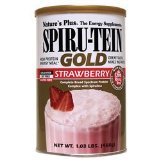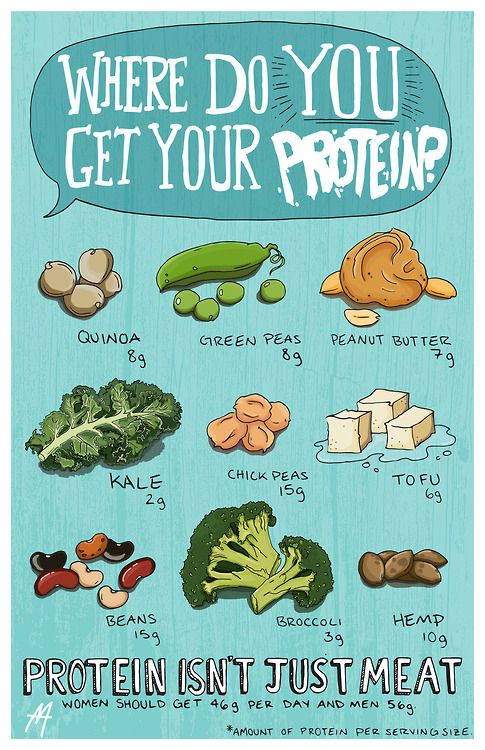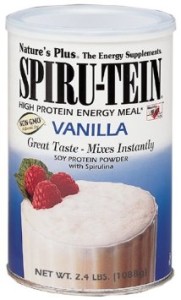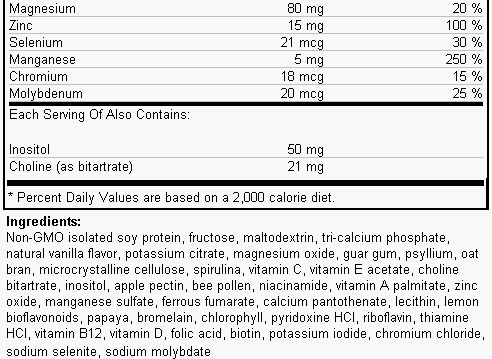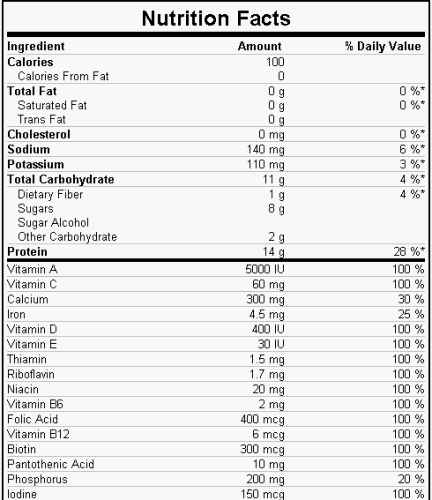[contact-form][contact-field label=’Name’ type=’name’ required=’1’/][contact-field label=’Email’ type=’email’ required=’1’/][contact-field label=’Website’ type=’url’/][contact-field label=’Comment’ type=’textarea’ required=’1’/][/contact-form] I don’t know about you but when I started looking for a protein powder there were so many on the shelves of the health food store, I had no idea which one to chose. After a little research on the Internet, I learned the difference. Keep on reading and maybe this will help you chose the right protein powder for you.
Protein powders provide a good source of protein for the athlete, a growing teenager whose eating habits are less than perfect, you want to amp up your workout and build muscle, or if you are a vegetarian and worry you are not getting enough protein. But please know that most everyone can get a good quality protein from eating lean meats, fish, and dairy products. Not everyone needs to drink a protein shake.
If fact, doctor’s and nutritionists warn against consuming too much protein which can create havoc in your body. Your body will leach calcium out of your bones so your system will become alkaline. Too much protein creates a highly acidic environment in your body. Acid=bad, alkaline=good.
The average person does not need to supplement with protein powders, and they can be very expensive. So, if that bodybuilder at the gym is slurping down a 16 ounce protein shake, that doesn’t necessarily mean that you have to, too.
Another good source of protein is plant protein considered more beneficial for the body over animal protein.
1. Vegetables – the proper foundation for all diets.
• 1 avocado – 10 grams
• 1 cup broccoli – 5 grams
• 1 cup spinach – 5 grams
• 2 cups cooked kale – 5 grams
• 1 cup boiled peas – 9 grams
• 1 cup cooked sweet potato – 5 grams
2. Legumes, also vegetables, get their own mention. Specifically lentils and beans, the foundation of many diets for centuries.
• 1 cup soybeans – 28 grams (1 cup tempeh – 30 grams)
• 1 cup lentils – 18 grams
• 1 cup refried beans – 15.5 grams
• 1 cup garbanzo beans (and hummus) – 14.5 grams
• 1 cup pinto, kidney, black beans – 13-15 grams
• 1 oz peanuts – 6.5 grams
3. Nuts and seeds – a staple in most vegetarian and vegan diets.
• 1 oz. cashews – 4.4 grams
• 1 oz. sesame seeds 6.5 grams, 3 tablespoons of tahini – 8 grams
• 1/4 cup (2 oz.) walnuts – 5 grams
• 1 oz. pistachios – 5.8 grams
• 2 tbsp almonds – 4 grams
• Nut butters – peanut butter, almond butter, cashew butter – 2 tablespoons has about 8 grams of protein
4. Non-dairy milk
Soy, almond, 1 cup gets you 7-9 grams of protein.
5. Grains – Ancient grains, sprouted grains, multi-grains – a major part of the diet.
• Quinoa is versatile and delicious. 1 cup – 9 grams.
• Amaranth, bulgur, brown rice, wheat germ, oat bran are other grains with a high protein content.
• Oatmeal – 1 cup = 6 grams.
• Sprouted grain bread products – buns, tortillas, bread. Pack a sandwich or a wrap and you’ll get 7-10 grams from the bread alone.
6. Supplements
Spirulina and chlorella are used often by vegetarians and vegans for their rich nutrient content, and protein content.
Hemp – 30 grams of hemp powder in your smoothie gives you 11 grams of protein.

